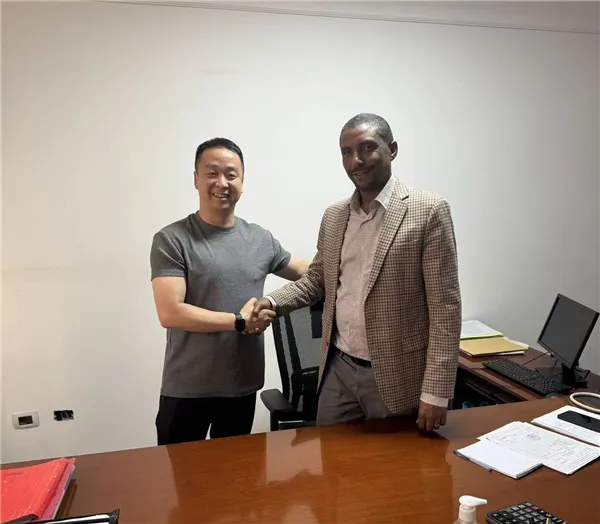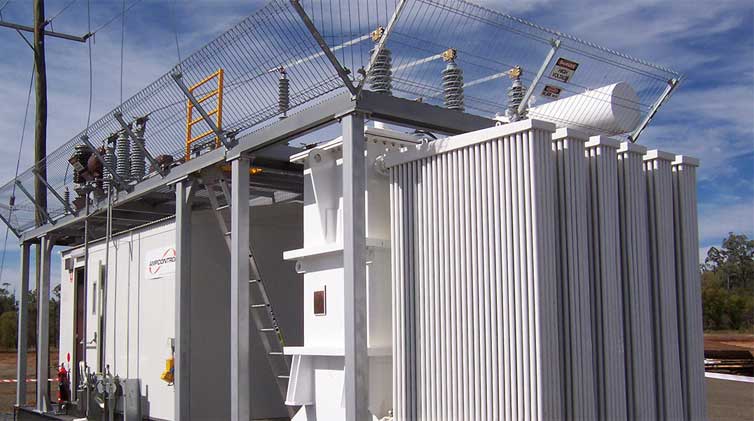Characteristics of the Encapsulated Dry Type Transformer
The encapsulated dry type transformer is widely used in local lighting, high-rise buildings, airports, CNC machinery equipment of wharf and other places. Simply speaking, an encapsulated dry type transformer refers to the transformer whose core and winding are not immersed in insulating oil. The cooling mode is divided into natural air cooling (AN) and forced air cooling (AF).
When in AN, the transformer can be operated continuously for a long time under rated capacity. When in AF, the output capacity of transformer can be increased by 50%. It is suitable for intermittent overload operation or emergency of overload operation. Due to the large increase of load loss and impedance voltage during overload, it is in non economic operation state. Therefore, it should not be continuously overloaded for a long time. An encapsulated dry type transformer is mainly divided into open type, closed type and pouring type.
Structural features
1. It is safe, fireproof and pollution-free, and can be directly operated in the load center;
2. It adopts domestic advanced technology with high mechanical strength, strong short-circuit resistance, small partial discharge, good thermal stability, high reliability and long service life;
3. Low loss, low noise, obvious energy saving effect, maintenance free;
4. It has good heat dissipation performance, strong overload capacity. When in AF, the capacity can be increased for operation;
5. It has good moisture-proof performance and can be used in high humidity and other harsh environments;
6. The encapsulated dry type transformer can be equipped with perfect temperature detection and protection system. It adopts intelligent signal temperature control system. It can automatically detect and display the working temperature of three-phase winding. It can automatically start and stop the fan. It has function settings such as alarm and trip;
7. Small size, light weight, less floor space and low installation cost.
Jump to Content Sections
Leave a Message
You May Also Like
 English
English  français
français  Español
Español  русский
русский  العربية
العربية  tiếng việt
tiếng việt  Malay
Malay  Indonesia
Indonesia  বাঙালি
বাঙালি 


